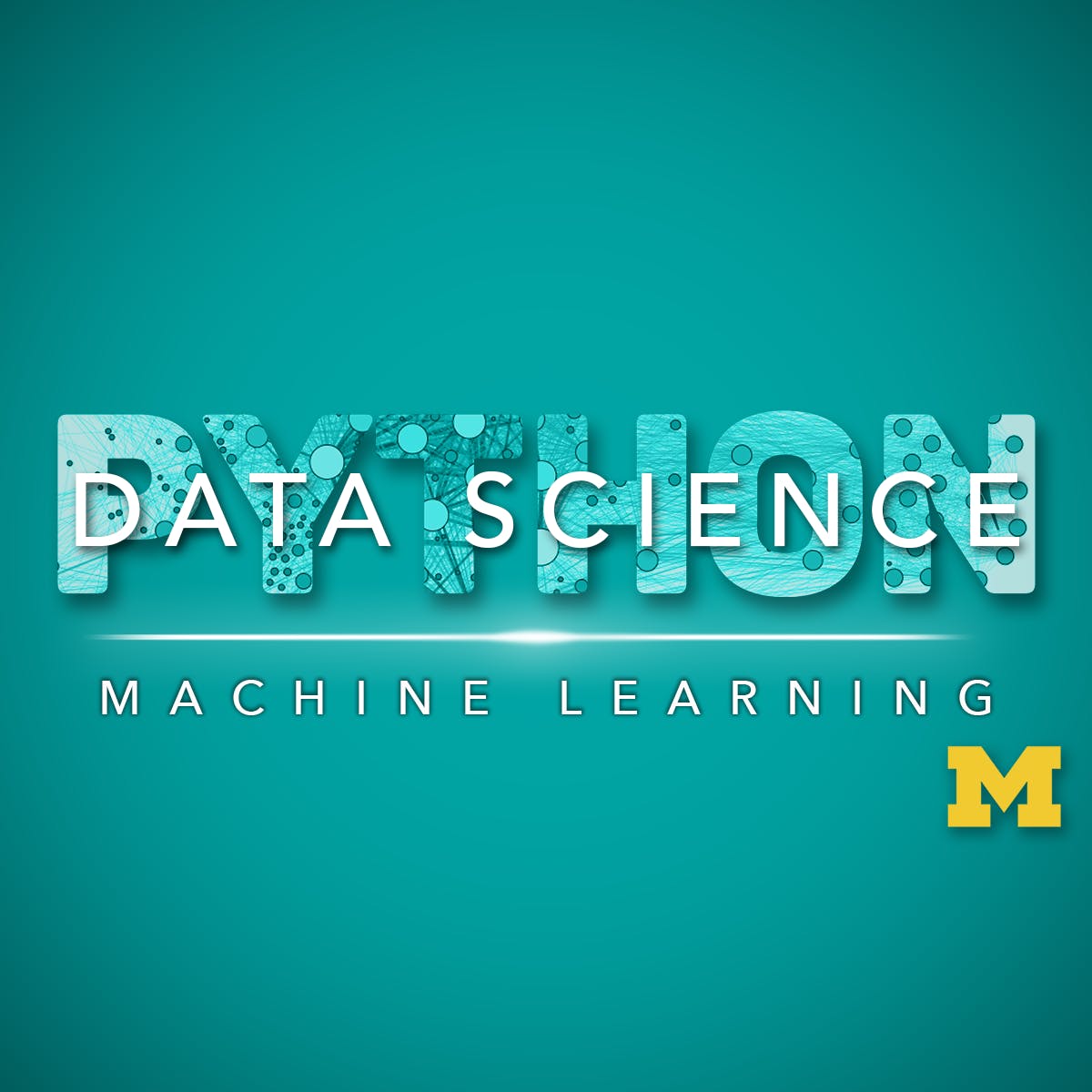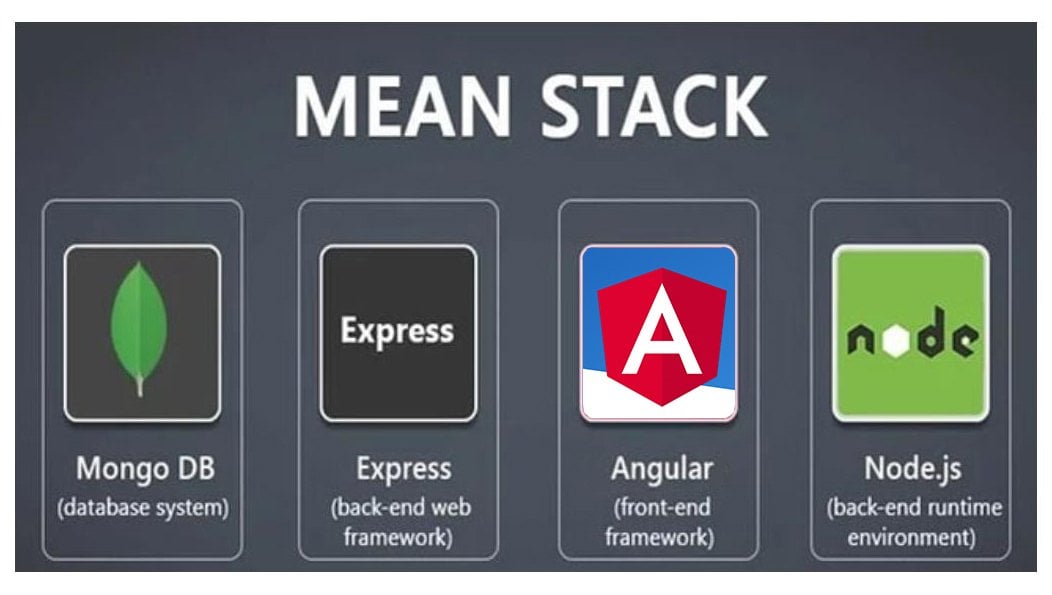From OpenAI Sora to Neuralink’s Brain Chip and from autopilot EVs to the world’s first AI developer Devin, the world of Artificial Intelligence (AI) has grown into a vast matrix. Here we are in 2024 and have you ever been curious about why AI is undergoing such rapid growth? Will the machine world replace us in the near future?
Before that, let’s learn about AI in detail. How updated are you about the remarkable progress in Machine Learning (ML) and Deep Learning (DL), which has immensely influenced the development of AI and our present-day tasks.
Why You Should Know More About AI in 2024? Don’t Worry It Will Not Replace Us!
No matter where you start, exploring the field of AI can be intimidating, especially for beginners. However, you can begin by understanding its core concepts, particularly machine learning and deep learning. You might have noticed this on social media, on television, on business, and on day-to-day life. AI plays a massive role in influencing our decisiveness, whether it’s your YouTube recommendations or your online shopping. More than our jobs, AI has influenced a greater part of science, medicine, education, healthcare, entertainment, and engineering. Stay with us till the end, and our article will assist you in navigating the complex paths of the modern-day tech revolution.
Quick Facts
- 1950: English mathematician and computer scientist Alan Turing published a paper titled Computer Machinery and Intelligence. It was then the term machine intelligence appeared, which we now know as The Imitation Game.
- 1952: American AI pioneer Arthur Samuel developed a checkers program that learned the game independently.
- 1955: Boston native computer scientist John McCarthy coined the term Artificial Intelligence (AI) during a Dartmouth workshop.
- 2020: US-based AI research organization OpenAI started beta testing GPT-3.
- 2021: OpenAI’s text-to-image model, Dall-E, processes and understands images to produce accurate captions.
- November 2022: OpenAI launched an advanced chatbot ‘ChatGPT.’ It was the most impactful moment in the history of AI revolution, as it gained over 100 million users within three months.
- 2024: OpenAI previewed Sora for the first time.
Did you realize it took over 70 years for humans to utilize AI’s full potential? Although we have a lot to achieve, the ever-evolving tech landscape has a bright future. Now, let us dig deep to learn more about Machine learning (ML) and Deep learning (DL).
What is Machine Learning (ML)? Definitions and Examples
People heard the term ‘Machine Learning’ after Arthur Samuel first addressed it in 1959. ML is a field of study in AI (a subset of AI) that uses data to perform tasks. Simply, machine learning focuses on teaching computers to learn from data and make predictions or decisions without explicit programming. ML enables computers to identify patterns, extract insights, and continuously improve performance over time. As the name suggests, a particular program or learning method enables machines to learn from data. In traditional programming, humans write code to instruct computers on how to perform specific tasks. However, in machine learning, algorithms learn patterns from data and make data-driven predictions or decisions.
Examples of ML
Image and Speech Recognition
- Machine learning algorithms boost image recognition systems, which are often used for facial recognition and object detection.
- Speech recognition systems found in virtual assistants utilize machine learning techniques to transcribe spoken language into text.
Recommendation Systems
- We see e-commerce platforms, streaming services, and social media sites in our daily lives. But what we don’t know is they use extensive machine learning. Such apps or say features gives us personalized recommendations based on our past behavior and preferences.
Medical Diagnosis
- Machine learning analyzes medical data, such as patient records and diagnostic images. Such analysis can assist healthcare professionals in diagnosing diseases and predicting patient outcomes.
What are the four types of Machine Learning?
1. Supervised Learning
One of the main types of Machine learning is supervised learning, where its algorithm acquires knowledge from labeled data. In general, each input is associated with its corresponding correct output. The objective of supervised learning is to gain a mapping function that can accurately forecast the output of new inputs. A few prevalent tasks of SL are classification and regression.
2. Unsupervised Learning
Now contrast to supervised learning, Unsupervised learning involves learning from unlabeled data. Therefore, the algorithm finds hidden structures or patterns in the input data. While classification occurs in SL, typical tasks in unsupervised learning include clustering and dimensionality reduction.
3. Semi-supervised learning
The third learning which falls between supervised and unsupervised is Semi-Supervised Learning. This practice combined the input/output result from both labeled and unlabeled training data. Semisupervised learning works by feeding an algorithm a small amount of labeled training data. The algorithm learns the dimensions of the data set from this data, which it can then apply to new unlabeled data. The performance of algorithms typically improves when they train on labeled data sets. However, labeling data can be time-consuming and expensive. As per the data shown by several ML researchers, unlabeled data, when used in conjunction with a small amount of labeled data, can considerably improve learning accuracy.
4. Reinforcement Learning
The fourth and last learning is called Reinforcement Learning. In this learning, the agent learns to make decisions by interacting with an environment. Based on its actions, Agents receive feedback in either reward form or penalties. Likewise, its goal is to learn the optimal strategy to maximize cumulative rewards over time.
Delving Deeper into Deep Learning (DL)
Deep learning is entirely based on the human brain’s structure and function. It consists of artificial neural networks that perform complex computations on huge amounts of data. Deep learning algorithms learn from real-world examples, so industries, including health care, education, eCommerce, etc, commonly use it. The algorithms further contain multiple layers of interconnected nodes (neurons) that process information hierarchically. Thus, the result is efficient for more extensive data. Now, let’s know the differences between AI, ML, and DL.
| Artificial Intelligence (AI) | Machine Learning (ML) | Deep Learning (DL) |
| AI has the ability to perform tasks, make decisions, and function as near as humans. | ML is a subset of AI. It uses complex algorithms to learn from real-world examples. | DL is a subset of M. It utilizes artificial neural networks for complex computing. |
| Can handle various tasks, from simple to complex, across domains. | It specializes in data-driven tasks like classification and regression. | Best at complex tasks such as image recognition, NLP, and more. |
| Algorithms can be simple or complex, depending on the nature of the application. | Utilizes various algorithms like decision trees, SVM, and random forests. | Relies on Deep Neural networks. Has numerous hidden layers for complex learning. |
What are the Key Components of Deep Learning?
1. Neural Networks
Neural networks are the essential building blocks of deep learning. They consist of interconnected layers of neurons, each performing simple computations. Deep neural networks can have many hidden layers, allowing them to learn complex data representations.
2. Activation Functions
Activation functions enable non-linearities in the neural network. Afterward, the network learns and models complex relationships within the data. This enables faster and more reliable training of deep neural structures. Similar activation functions such as Rectified Linear Units (ReLU) Sigmoid have applications in computer graphics and computations.
3. Backpropagation
Backpropagation is one of the fundamental algorithms used for training neural networks. It involves the repetitive adjustment of the network’s weights. Such adjustment is based on the difference between the predicted and actual output, thus minimizing the prediction error.
Applications of Deep Learning
Computer Vision The field of computer vision has rapidly advanced in a short time. Deep Learning practices enable machines to interpret and understand visual data. Major applications include image classification/segmentation and object detection. Natural Language Processing (NLP) Recurrent Neural Networks (RNNs), an artificial neural network remembers the previous input data. Such a network converts sequential input data to sequential output data. Thus, NLP is used for the Natural Language Processing tasks. Besides language translation, deep learning allows emotion analysis and text generation to be done with ease. Autonomous Vehicles One perfect example of Deep learning is Tesla’s autopilot mode, which can change lanes and suggest directions. With the help of Deep learning methods, we can develop autonomous vehicles and install sensor data, such as cameras and LiDAR.
Conclusion
With its advanced branches, Artificial Intelligence has the best of both humans and the tech world. It can transform almost every industry. As the world of AI constantly evolves, it is beneficial to stay updated about recent innovations. Whether you want to become an analyst, hacker, or AI engineer, always remember to stay curious, explore new ideas, and never stop learning.







